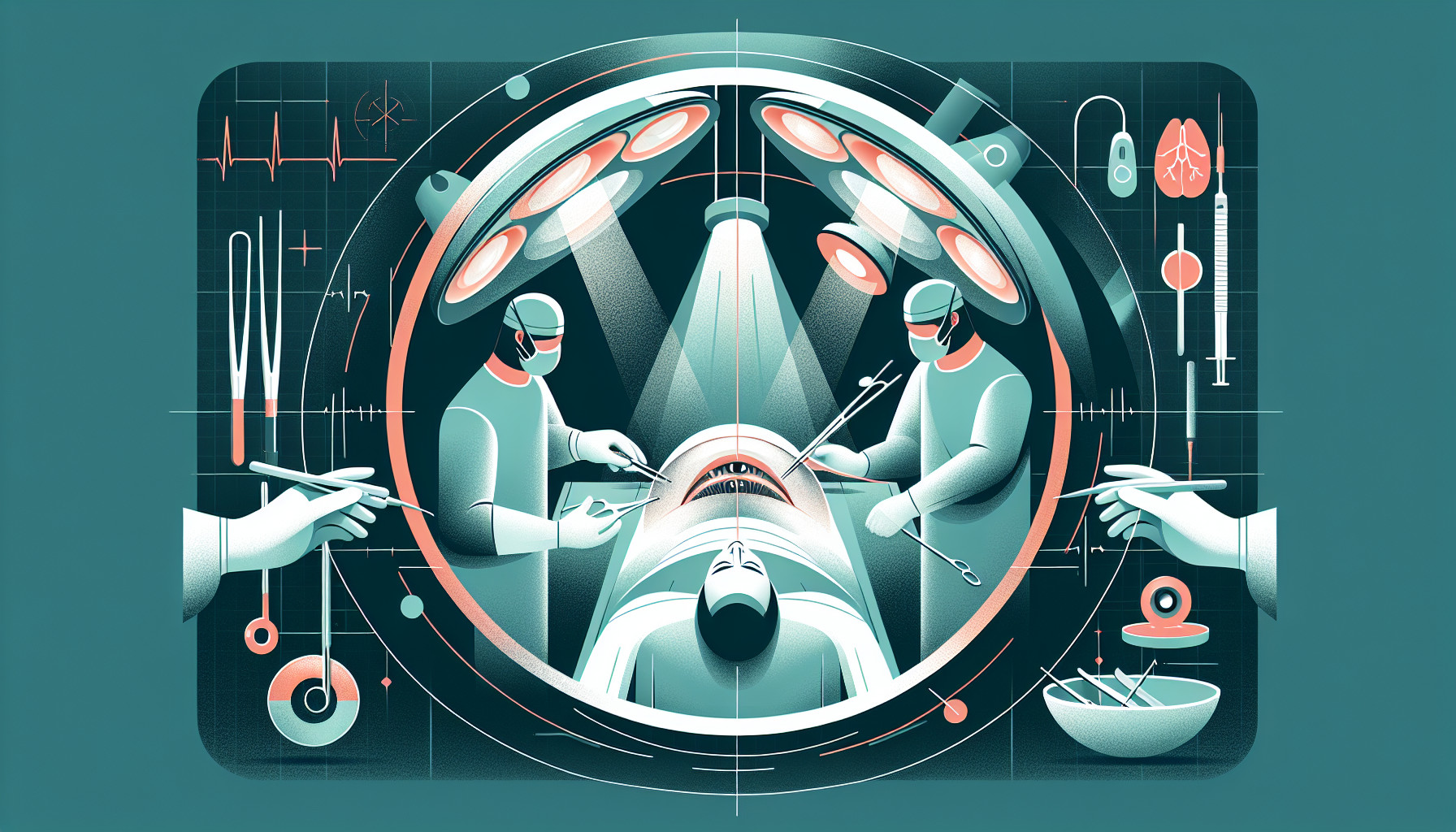Our Summary
This research paper talks about the complications that can arise when performing cataract surgery on elderly patients who also have ocular surface diseases. Ocular surface diseases can cause symptoms like a sensation of a foreign object in the eye, burning, eye fatigue, sensitivity to light, red or watery eyes, or reduced vision. These diseases can result from a variety of causes, both immune-related and non-immune-related.
Cataract surgery, which is a common eye procedure, can change the normal conditions of the eye’s surface and cause issues with the tear film (the layer of moisture that protects the eye). These problems can persist for up to six months after the surgery and can be more severe in patients with ocular surface diseases.
Moreover, having an ocular surface disease can make the planning and execution of cataract surgery more difficult. The review explores various strategies for planning and altering the surgical process to improve the results of cataract surgery in patients with ocular surface diseases.
FAQs
- What complications may arise when performing cataract surgery on elderly patients with ocular surface diseases?
- How can ocular surface diseases affect the results of cataract surgery?
- What are some strategies for improving the results of cataract surgery in patients with ocular surface diseases?
Doctor’s Tip
One helpful tip a doctor might tell a patient about cataract surgery is to make sure to inform them if they have any ocular surface diseases or symptoms such as dry eyes, redness, or irritation. This information can help the doctor plan and adjust the surgical process to minimize any potential complications and ensure the best possible outcome. Additionally, following post-operative care instructions, including using prescribed eye drops and attending follow-up appointments, can help promote healing and prevent any issues after surgery.
Suitable For
Patients who are typically recommended cataract surgery include those who are experiencing symptoms such as blurry or cloudy vision, difficulty seeing at night, sensitivity to light, double vision, or seeing halos around lights. Cataract surgery is often recommended for individuals whose cataracts are significantly impacting their daily activities and quality of life.
It is important for patients to undergo a comprehensive eye exam to determine the severity of their cataracts and assess their overall eye health before deciding on surgery. Patients with other eye conditions such as glaucoma or macular degeneration may also be candidates for cataract surgery, as long as their eye doctor believes the benefits of the surgery outweigh the risks.
Overall, the decision to undergo cataract surgery is based on a variety of factors, including the patient’s symptoms, the impact of the cataracts on their daily life, and their overall eye health. Patients should discuss their options with their eye doctor to determine if cataract surgery is the right choice for them.
Timeline
Before cataract surgery:
- Patient experiences symptoms of cataracts such as blurry vision, difficulty seeing at night, glare or halos around lights, and colors appearing faded.
- Patient undergoes a comprehensive eye exam to determine the severity of the cataracts and assess overall eye health.
- Patient discusses surgical options with their ophthalmologist and decides to proceed with cataract surgery.
- Pre-operative evaluations and measurements are taken to determine the appropriate intraocular lens (IOL) for implantation during surgery.
After cataract surgery:
- Patient experiences some discomfort or irritation in the eye immediately after surgery, which typically subsides within a few days.
- Patient is instructed to use prescribed eye drops to prevent infection and promote healing.
- Patient may notice improved vision within a few days to weeks after surgery as the eye heals and the IOL settles into place.
- Follow-up appointments are scheduled to monitor progress and ensure proper healing of the eye.
- Patient may experience fluctuations in vision or the need for glasses or contact lenses to achieve optimal vision following surgery.
- In some cases, patients with ocular surface diseases may experience persistent issues with the tear film and dry eye symptoms for up to six months post-surgery. Additional treatments may be necessary to address these issues and improve overall eye health.
What to Ask Your Doctor
What are the potential risks and complications of cataract surgery in patients with ocular surface diseases?
How will my ocular surface disease impact the surgical process and recovery?
What steps will be taken to minimize the impact of my ocular surface disease on the surgery?
Will my ocular surface disease affect the type of intraocular lens that can be used during surgery?
How long can I expect the symptoms of my ocular surface disease to persist after cataract surgery?
Are there any specific post-operative care instructions I should follow to help manage my ocular surface disease?
Will I need additional follow-up appointments or treatments for my ocular surface disease after cataract surgery?
How will my vision be affected by both the cataract surgery and my ocular surface disease, and what can I expect in terms of visual outcomes?
Are there any specific medications or treatments that can help improve my ocular surface disease before or after cataract surgery?
What are the long-term implications of undergoing cataract surgery with an ocular surface disease, and how can I best manage my eye health moving forward?
Reference
Authors: Priyadarshini K, Sharma N, Kaur M, Titiyal JS. Journal: Indian J Ophthalmol. 2023 Apr;71(4):1167-1175. doi: 10.4103/IJO.IJO_3395_22. PMID: 37026248
